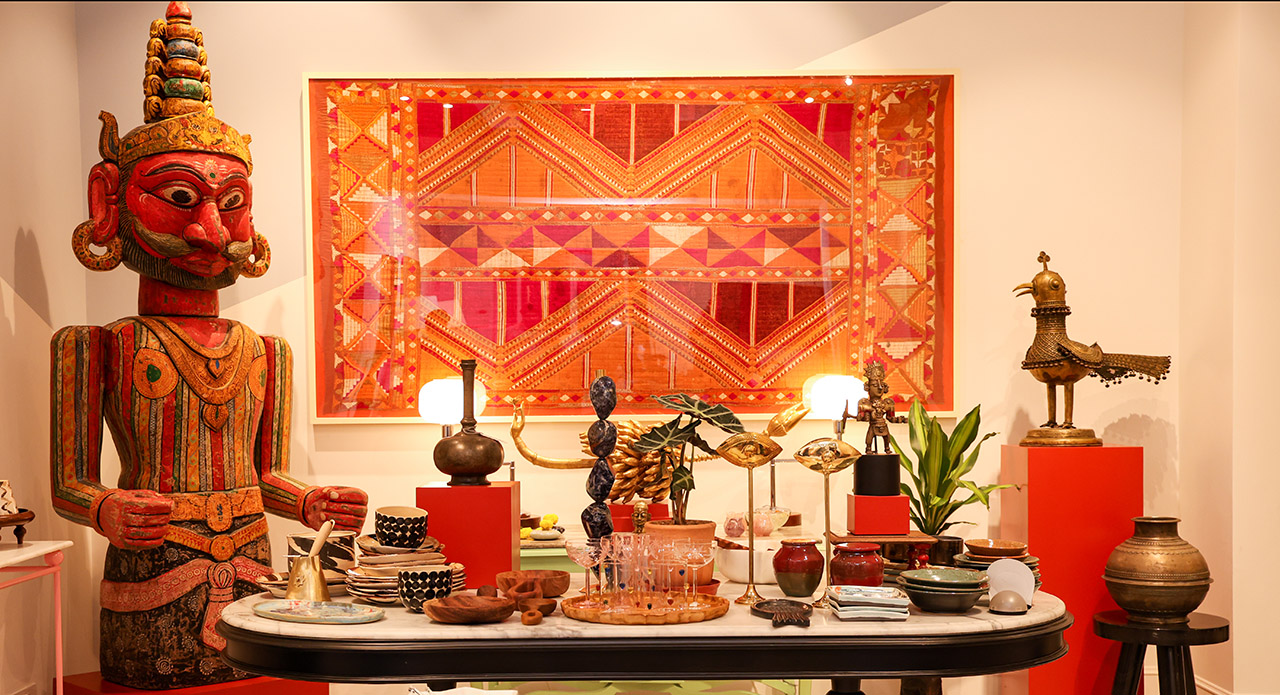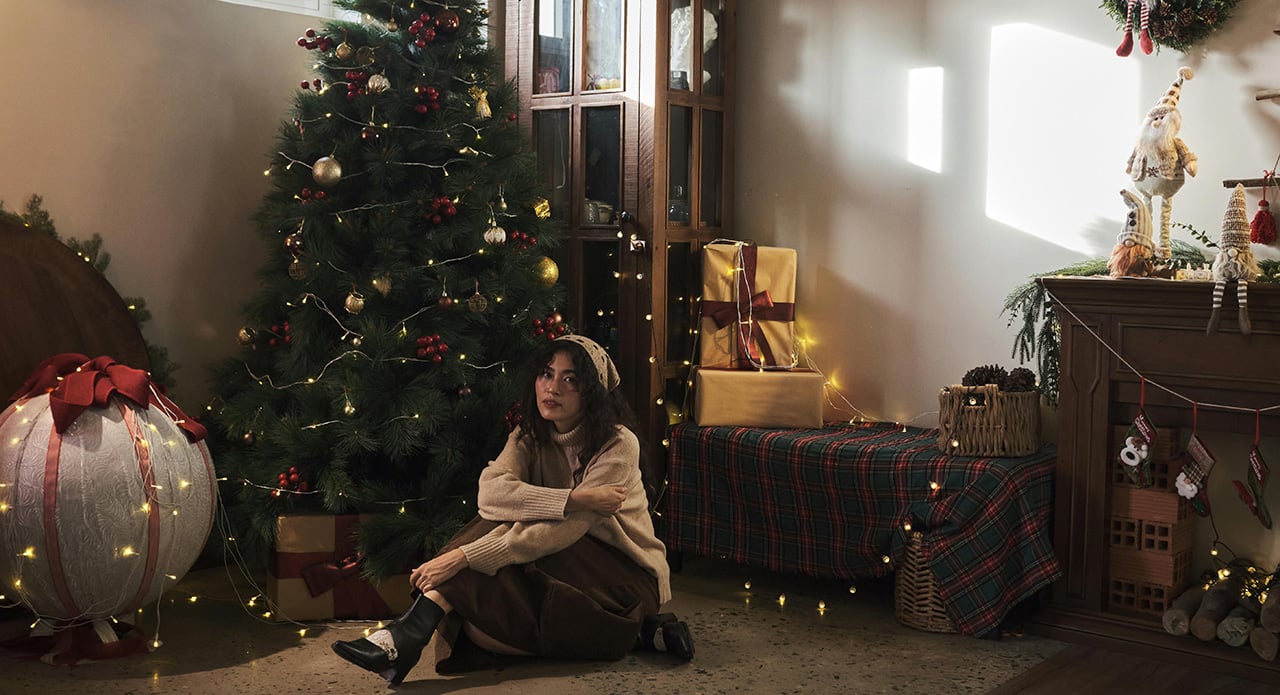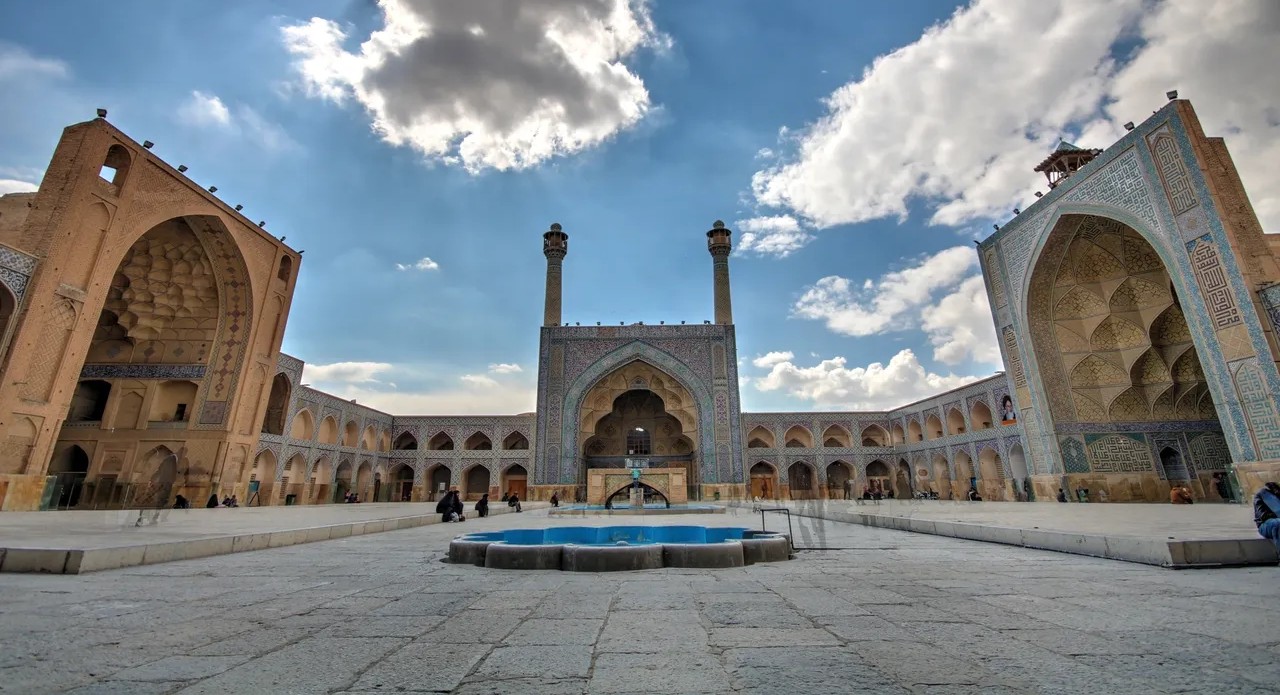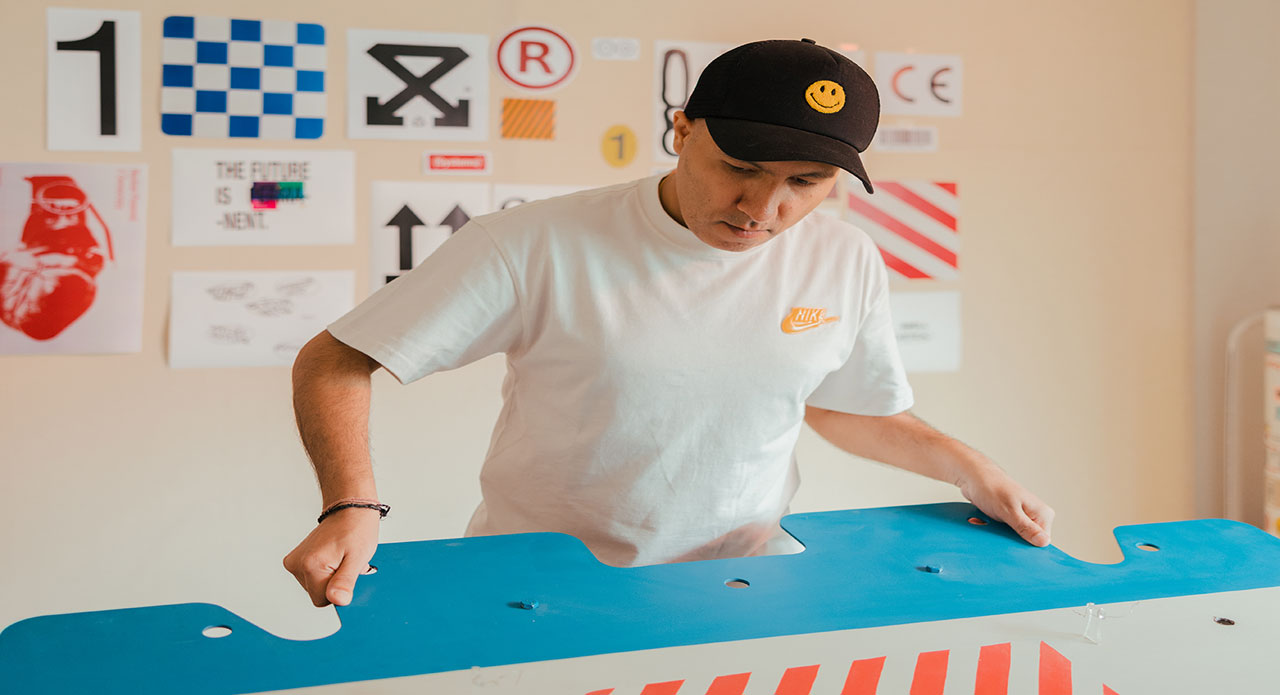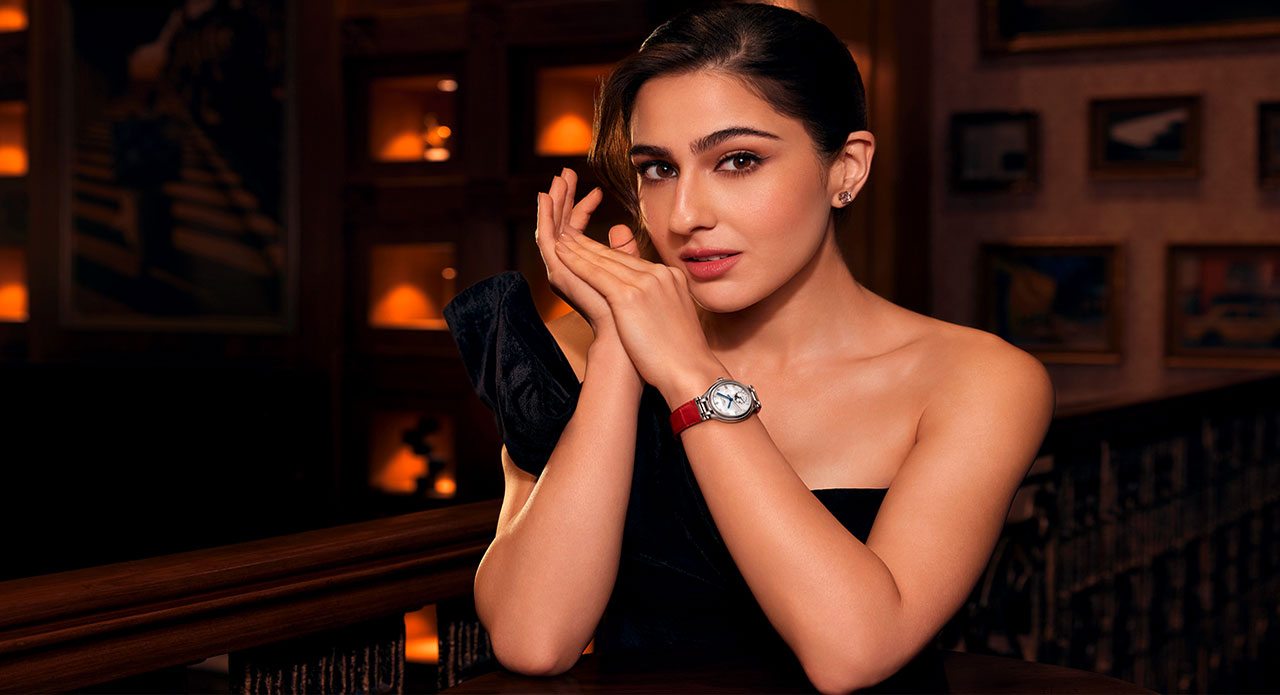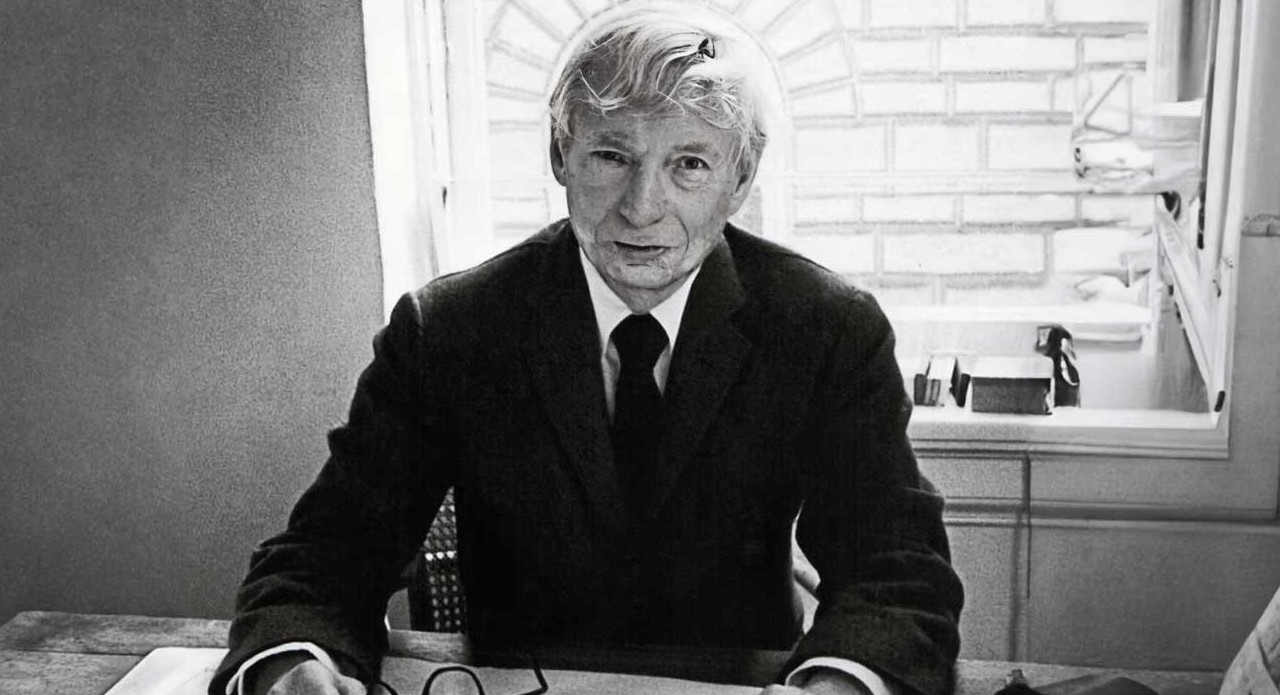There isn’t a better time than this to understand the meaning of ‘Being rich is having money, being wealthy is having time’. Time for things you love. Time with people you love. Time for yourself. And to fulfil these, owning a house that that reflects your personal choices and expressions—a private space where your design dreams come to life is key. To manifest your design dreams into reality, we often turn to experts and decorators who work their magic to create the perfect home. One such creative genius is Mumbai-based Shabnam Gupta.
I sense a strong familiarity with a powerful artist-icon, the minute I meet Shabnam Gupta at her Andheri office-studio on a hot afternoon. Passionate, revolutionary, colourful, bold and artist extraordinaire, just like Frida Kahlo. The love for colours is hard to miss at her office and across her home decor projects. Amidst a busy day, we sat down for an immersive conversation that straddles her wide repertoire as an inventor, narrator, designer and a storyteller at heart who keeps you engrossed with her words every minute.

The award-winning designer, a self-proclaimed flower child at heart, has designed several iconic celebrity homes and lavish hospitality projects with her unconventional style. With a penchant for all things Indian, think bright colours, textures, and intricate aesthetics, Gupta started The Orange Lane, her design solution firm in 2003 that specialises in crafting exclusive home designs and furniture, and Peacock Life, a design label established in 2010. Her big assignments include designing Bollywood director Aditya Chopra’s bungalow, Vidhu Vinod Chopra’s office and several others. She’s also behind creative powerhouse behind design-forward restaurants around India such as Tanjore Tiffin Room, Goa, Pompa in Mumbai, Social Pune, The Bar Stock Exchange and more.

Bringing a celebrity’s interior design fantasies to life is rewarding—but it comes with its fair share of challenges— we pick Gupta’s brains on her the changing luxury mindsets, her favourite celebrity homes, and her next big hospitality venture.
Edited Excerpts
1. How has the luxury Indian consumer evolved since the last few decades and how do you see that reflecting in their lifestyle and in their homes?
I believe that design is for everyone. When I started The Orange Lane to cater to interior and architectural design projects, I remember having only a few clients, like Irrfan Khan, who were very clear about their preferences. It wasn’t so much from a Bollywood perspective. After a decade, we began to attract more clients, and we also developed our design language to cater to a broader audience. I believe my first client was Bollywood producer-director Vidhu Vinod Chopra, and my second client was Aditya Chopra, chairman, Yash Raj Films. Both were very reserved. We have never had a PR person, and we never marketed ourselves; our growth was solely through word of mouth. It was only after being in the industry for four years that The Orange Lane as a label gained recognition. Word of mouth was how we connected with clients like Aditya and then Parineeti Chopra, followed by the late Irrfan Khan. Irfan was in a league of his own. At that time, we had few clients like Irrfan, who specifically wanted Indian aesthetics, a piece of their roots, while most people expressed a preference against ethnic-looking homes. Looking at the dearth of beautiful decor brands focusing on Indian crafts, I started Peacock Life as a retail label in 2010 to create distinctive lifestyle and interior products. I’ve noticed a change over time, with more people now wanting to weave their roots into their modern lifestyle through their homes. Most people earlier used to specifically say that they don’t want ethnic looking homes, but today people want ethnic homes that weave their roots into their modern lifestyle. So, think, the finest Italian sofas, in the backdrop of exotic, large-scale Indian artifacts and stunning lighting. This combination offers comfort while allowing you to proudly embrace your Indian identity, which has been integral to our success in telling the India story.

2. Tell us about the evolution of Indian design trends and the changing perceptions of Indian aesthetics and craftsmanship on a global scale.
Previously, India may not have been seen as a trendsetter in the design world, and there may have been a lack of appreciation for indigenous local arts and crafts that are abundant here. Historically, there has been a tendency for the Westerners to exploit Indian art and crafts and sell them as exotic. However, there’s been a significant change in recent years. Indian designers and entrepreneurs are now leading a movement to preserve and promote traditional crafts, giving them a contemporary twist. This shift reflects a growing pride in Indian identity, driven by factors like economic growth and global recognition.
Today, India is increasingly seen as a cultural powerhouse, particularly in art, crafts, and heritage. This recognition has propelled Indian design to the forefront of the global stage, where it’s not just accepted, but also celebrated. People are realising that India has its own unique identity and isn’t just defined by how the West portrays it. This shift is evident across various industries, with design being particularly strong due to India’s rich artistic heritage. Now that barriers have broken down, people desire beautiful homes. They have disposable incomes, exposure, and are embracing their roots. After the pandemic, the focus has completely shifted. Fashion is back in play because it doesn’t cost as much. If you think in terms of essentials, we always say roti, kapda, makaan, so homes have always been relegated as the last priority. That has changed, people crave for attractive homes today. People once believed they had to break the bank to create beautiful homes, but brands like ours ensure that’s not necessary. You don’t really need to opt for the Pottery Barns as there are many other options available.

3. Tell us when it comes to creating celebrity homes, how do you ensure that each home reflects the celebrity’s personality?
Early on in my design journey, I realised the importance of listening to each client’s needs and refining my own design language accordingly. Balancing my personal style with their vision can be challenging, but it’s crucial to maintain authenticity while meeting their expectations.
I consider myself fortunate to have understood this early on—our approach involves decoding each client’s personality and lifestyle to create spaces that truly reflect their essence. Design isn’t just about aesthetics; it’s a powerful tool that shapes how we feel and think in different environments.
Our approach is holistic, focusing on both the client’s needs and the design’s functionality. This approach has attracted clients like Kangana Ranaut, who is a strong personality. Each project, whether it’s her Manali retreat or the Manikarnika studio, reflects her essence while remaining distinct from one another. It’s about understanding how Kangana wants to utilise her home—whether it’s providing solace from her various roles or transforming into a lively party venue when she entertains. This level of insight only comes from truly getting into our clients’ heads.

4. How long does it typically take to understand a project’s concept, translate it to paper, and then execute it? What’s the longest project you’ve worked on?
The longest project so far surely is celebrity couple Ranbir Kapoor and Alia Bhatt’s upcoming dream pad in Bandra, Mumbai. It’s a very large home that we started back in 2022. Despite having worked on projects as big as 40,000 or 50,000 square feet, designing for them was unique. Despite being such big stars, they’re a very down-to-earth couple, who appreciate life’s simple pleasures. Creating a luxurious home that reflects their personalities as a couple has been an exciting journey.

5. What is the signature Shabnam Gupta style that weaves through all your homes?
It’s funny because I honestly can’t see it, even though everyone else does. It’s not about colours or styles, but rather about detailed design and being non-conformist. I never copy; everything I do is unique. It’s tough, especially since I could easily churn out projects if I started cookie cutting.

6. Who’s the most liberal client and who’s the most intrusive client?
I feel fortunate because most clients trust our vision after the initial consultation. I enjoy decoding clients’ personalities and translating them into unique designs.

Irrfan Khan, for example, had given us creative freedom. His only request was a swing reminiscent of his village’s traditional khatiya! We created that and we got his iconic photo on it that is the most memorable part of the project. Deciphering his vision was part of the process. Alia, on the other hand, is decisive, clearly stating her preferences. She is clear so there’s no going back on decisions.

When we were creating Kangana’s house, she visited the site of her Manali home only once. She expressed her vision clearly: it should be her hideaway where she can also host parties. She emphasised her identity as a mountain girl who wants to integrate into the village while retaining her global personality. So, if you visit her house in a small village, it stands out as a landmark, yet it’s not overcrowded or ostentatious. It truly reflects her evolved and subtle personality. Just like her fashion sense, which includes luxurious items, her home gives a sense of being anywhere in the world. It could be the Swiss Alps, the Himalayas, or anywhere else. However, her roots are evident in the textiles and art, making her a global Himachali girl. I find joy in deciphering people’s personalities like hers.
7. Do you incorporate décor and design trends in your projects?
I believe in staying aligned with the client rather than following trends. I mean minimalist could be trending and I could be a maximalist. We set our own trends and live comfortably under our own rock. While we stay true to our style, we also stay updated with technology to avoid being left behind. We define what works for us and what doesn’t, living in the best of both worlds.

8. If somebody were to create a home that is futuristic yet Indian at heart, what are the five things you will tell them?
To create a futuristic home, the focus isn’t on making it look like a spaceship, but rather ensuring it functions like one. This means seamlessly integrating technology without sacrificing aesthetics. Many mistakenly envision futuristic homes as cold and plastic-looking. In my designs, I prioritise blending Eastern and Western influences. By marrying modernity with traditional Indian elements, my homes offer the best of both worlds. A home should evoke emotion and cater to its inhabitants’ needs, seamlessly combining technology, comfort, and aesthetics to reflect their identity.

9. What is your understanding of quiet luxury?
Quiet luxury is subjective, varying from person to person. While some associate luxury with brand names, others find it in the simple pleasures of walking barefoot on sand or grass and enjoying moments of peace. In our design approach, we prioritise creating homes that blend indoor and outdoor spaces, incorporating greenery and seamless transitions. Mother Nature is where I seek inspiration. True luxury, to me, lies in experiencing the essence of nature within our designs—feeling the sun on your face and the wind in your hair.
10. What’s next in the pipeline?
We’re excited to announce our upcoming venture in Karjat, which is set to become a must-visit destination for design enthusiasts. Scheduled to open by the end of this year, it will feature a boutique homestay, a design hotel with a unique retail concept in Karjat, along with our existing homestay facility. This retail experience will focus on slow living, showcasing Indian heritage and craftsmanship through handcrafted pieces and lifestyle products. It marks our first foray into hospitality and retail, featuring 8 to 10 boutique rooms for guests to immerse themselves in the experience of pausing and appreciating craftsmanship. In India, design-centric hotels are rare, and we aim to be at the forefront of this revival, celebrating Indian crafts and heritage in our works.
11. Which are your top favourite hotels when it comes to design?
I’ve moved away from big-box hotels because they lack personality. Smaller design or luxury hotels offer more joy for me. I’m drawn to destinations based on their design strengths, like Geoffrey Bawa’s hotels in Sri Lanka or Bill Bensley’s creations in Thailand. In Europe, I appreciate the authentic design aesthetics. Kit Kemp hotels in London, with their unique and personality-driven rooms, are a favourite. In India, I love the heritage RAAS Hotels and the uber luxurious Aman hotels. Charming places like Jobner Bagh Hotel in Jaipur may be simple, but they offer everything I seek in a hotel.





